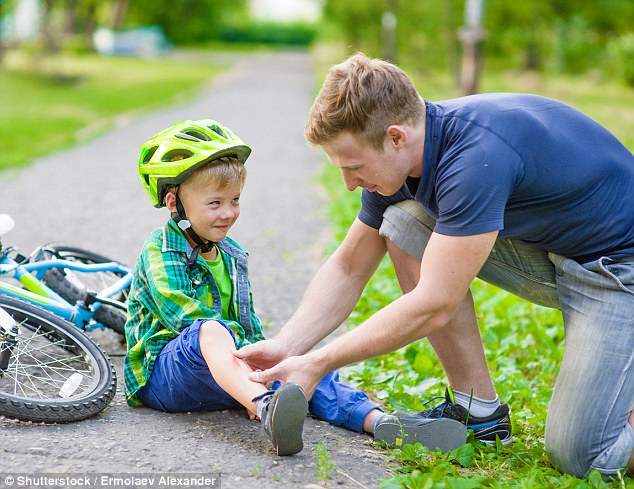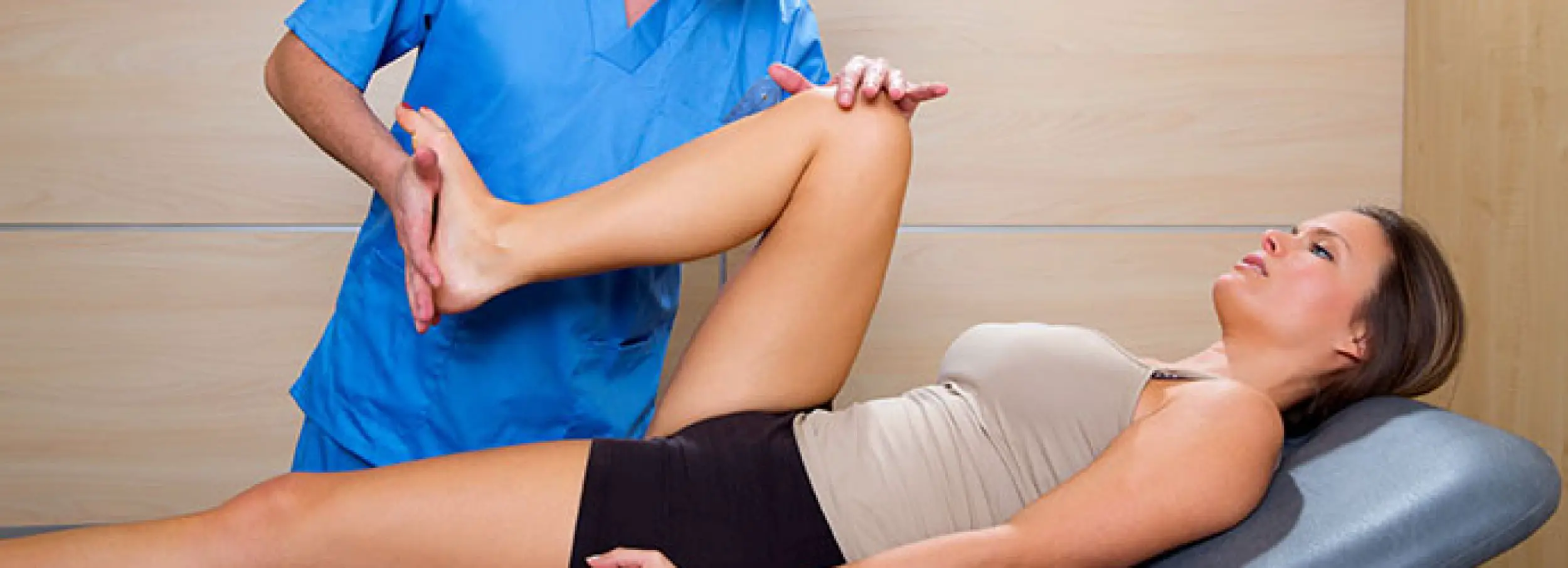Small children are always suffering from various types of minor injuries when playing around and running. Bruises are not rare in a child’s knee, and it is not a cause of consultation unless there are alarm signs and symptoms such as:
- Severe pain and limping
- Progressive swelling of the area
- Deformation of the knee structures
- Uncontrollable bleeding

These symptoms usually point out at fractures or dislocation of the structures in the knee. But there are also other conditions to consider, especially in young athletes and children who enroll in group sports.
If your child has stopped participating in sports after an injury and is now experiencing aggravating pain, you definitely need to ask your doctor about his condition. An injury to the anterior cruciate ligament would give your child severe pain and swelling in the moment of the injury, but swelling goes away or does not occur in a child, it is replaced by knee instability.
Your child may tell you his knee is continually giving away when they are participating in sports, and a thorough physical exam would reveal that there’s an abnormal sliding going on because the tendon that maintains knee structures in place is torn.
This is becoming more common as our children participate in competitive and aggressive sports at a very young age, especially when they don’t follow instruction or do not wear appropriate equipment. An injury to the anterior cruciate ligament is often caused by a sudden twisting movement or a violent change of direction in full speed.
When there’s an injury to this ligament, there is a higher possibility to have a meniscal tear as well. The meniscus is a cartilage structure that cushions and protects bony structures, help them sliding and giving them stability, and it is commonly affected along with the anterior cruciate ligament whenever there’s a violent movement involved.
In most cases, children are excellent healers, and their superficial wounds would improve quickly enough. However, this often leads parents to overlook the symptoms we have described above. As a result, children continue their physical activity, and their condition aggravates and becomes a serious issue.
Luckily enough, a rupture of the anterior cruciate ligament and meniscal tears are not common in children as they are in adults. But be extra careful if your child is too active and competitive in sports and do not delay their diagnosis if you notice their symptoms are becoming suspicious and worrisome.
As a summary, we have prepared the following chart so you can check whether or not knee pain is something to be attended at home or should it be checked by a doctor:
| To be attended at home | To be checked by a doctor | |
| Pain associated with an injury | Self-limited pain, relieved by medication | Continuous pain, not relieved by medication. Changes pattern of activity |
| Flexibility | Full range of movement intact | Unable to perform complete flexion, extension or rotation |
| Inspection | Intact structure of the knee | Deformation of the knee. Long-lasting limping from one side |
| Suspecting growing pains | Comes and goes, usually at night | At night and day time, continuous pain, associated with other symptoms |
| Knee pain in young athletes | Self-limited pain, relieved by medication | A “giving out” knee that’s painful and lost stability after an injury |
